Image Not Available
for John Steuart Curry
John Steuart Curry
American, 1897 - 1946
Birth-PlaceDunavant, KS
Death-PlaceMadison, WI
BiographyJohn Steuart Curry was born on his family's stock farm near Dunavant, Kansas. At the end of his junior year in high school, he entered school at the Kansas City Art Institute, but left after a month to work on a section gang repairing tracks for the Missouri Pacific Railroad. That fall he moved to Chicago, enrolling in the School of the Art Institute of Chicago, where he studied for two years. During the 1918-19 academic year he attended Geneva College, a Presbyterian school in Beaver Falls, Pennsylvania, and played on the football team.To continue his art training, Curry enrolled in Harvey Dunn's School of Illustration,in Tenafly, New Jersey, in 1919, remaining for two years. For the next five years he worked as a book and magazine illustrator,specializing in adventure stories, primarily Westerns, in which horses were prominently featured. In 1923 he married Clara Derrick of New Jersey, and a year later the couple settled in Westport, Connecticut. Following the advice of artist-decorator James Daugherty, in 1927 they went to Paris where Curry studied life drawing at Basil Schoukhaieff's Russian Academy for several months. A year later he painted "Baptism in Kansas" (1928;Whitney Museum of American Art,New York)and his career as a painter was underway. The painting was purchased in 1930 by Mrs. Gertrude Vanderbilt Whitney for the newly founded Whitney Museum of American Art. In the meantime Curry had painted what is considered by many as his masterpiece, "Tornado Over Kansas" (1929; Muskegon Museum of Art, Muskegon, Mich.).
In 1930 Curry received his first one-man exhibition, at the Whitney Studio Club in New York. His second took place a year later at the Ferargil Galleries, New York, and traveled to the Art Institute of Chicago and the Mulvane Museum in Topeka, Kansas. By then his fame as an American Regionalist alongside Grant Wood and Thomas Hart Benton, was assured. Early in 1932 tragedy struck: his wife Clara suddenly died of a heart attack. Curry went on the road with the Ringling Brothers, Barnum and Bailey Circus spring tour through New England, drawing and painting the animal, clown, and aerial acts. In the fall he returned to New York and began teaching at Cooper Union and the Art Students League.
In 1933 Curry finally met Grant Wood in Cedar Rapids, Iowa, and visited his Stone City Summer Colony and Art School nearby. A year later Curry married Kathleen Gould and in 1936 they moved to Madison, Wisconsin. He accepted the position of artist-in-residence at the University of Wisconsin's College of Agriculture. He did so with the understanding that his presence as a now-famous American painter would help stimulate a general appreciation of art throughout the rural state. Curry's national reputation was greatly enhanced in that year, when he was commissioned to paint two murals for the new Justice Department Building in Washington, D.C. ("Westward Migration and Justice Defeating Mob Violence"). In 1937 he began work in Topeka, Kansas, on his renowned Statehouse murals, featuring a controversial, expressionist caricature of the abolitionist John Brown. A year later he agreed to paint two murals for the Department of the Interior Building, Washington, D.C. ("The Homestead" and "Oklahoma Land Rush"), and in 1942 completed "Freeing of the Slaves" for the University of Wisconsin's Law School Library. Curry died of a heart attack in Madison, at the age of forty-eight.
Person Type(not assigned)
American, 1861 - 1909
American, 1878 - 1942










